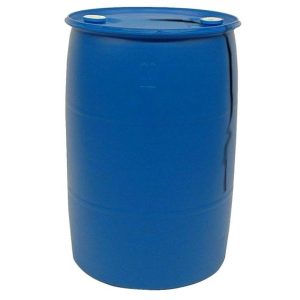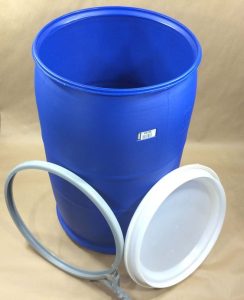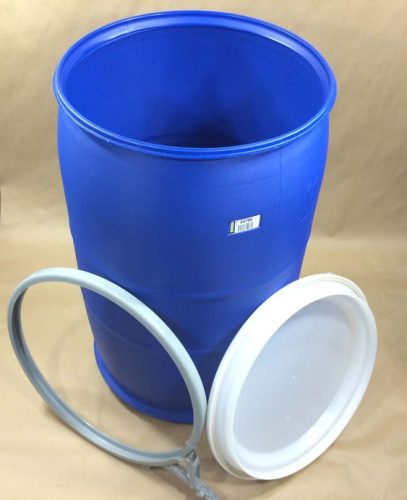High-Density Polyethylene (HDPE) plastic barrels, commonly known as plastic drums, are industrial-grade containers crafted from HDPE material. These lightweight alternatives to steel drums are considered more cost-effective. Plastic barrels find extensive use in both residential and commercial settings.
Why Opt for HDPE Plastic Barrels?
Every year, over 15 million plastic barrels are produced in North America by major manufacturers. When we refer to HDPE plastic barrels in this guide, we mean containers that can hold up to 55 gallons, with a minimum capacity of 15 gallons. These containers are used for storing hazardous and non-hazardous liquids and sometimes powders.
When choosing the right drum, opting for an HDPE drum over other alternatives has several considerations. Here are key factors to ponder when making the right packaging decision.

Plastic vs. Steel
Plastic and steel are the two most common materials for drums. Plastic barrels, especially those made from HDPE, are lighter, reducing transportation costs. HDPE is a special type of plastic that can withstand high or low pH levels, making it a safe choice for various materials, though not all.
Some solvents, for example, cannot be stored in plastic and require steel drums. Certain hazardous materials are too dangerous for plastic drum transportation. It’s up to you to decide which material best suits your product storage needs.
UN Ratings: As mentioned in our packaging blog series, the United Nations (UN) is responsible for globally establishing and distributing regulations for chemical transportation. Any drum used for transporting materials, especially hazardous ones, must comply with these regulations and display a recognizable UN packaging code.
Liners and Gaskets
Steel drums can deteriorate when in contact with corrosive materials. To mitigate costs and eliminate the inconvenience of placing plastic liners in steel drums, many manufacturers opt for a drum made of HDPE to transport materials. Nevertheless, some still choose to use drum liners made of HDPE to protect products from contamination and prevent potential leaks during transportation.

Plastic Drum Transportation of Hazardous Materials
All packaging with UN ratings must undergo testing to obtain a legitimate packaging code. This is crucial for ensuring containers can endure transportation without spillage or release during the journey. Testing becomes even more critical when transporting hazardous materials as they pose potential risks to anyone in contact with the goods during transportation.
International and domestic regulations mandate shippers to adhere to the following hazardous material transportation requirements:
- The shipper must confirm that no material is released from the drum when closed.
- The exterior of the packaging should be free from material residue.
- The packaging must be rated according to the contained material and not cause any reactions.
- Allow sufficient space in liquid packaging to accommodate expansion due to environmental changes.
It’s essential to note that any packaging, including drums, used for international hazardous material transportation has an automatic expiration of five years from the manufacturing date. HDPE barrels exceeding this five-year limit can still be used domestically but become non-compliant for overseas shipping.
In conclusion, HDPE barrels are generally more versatile, suitable for transporting materials with varying pH levels and requirements. Steel drums provide additional protection, especially when transporting heavier or more hazardous materials, making them more common in certain scenarios.
